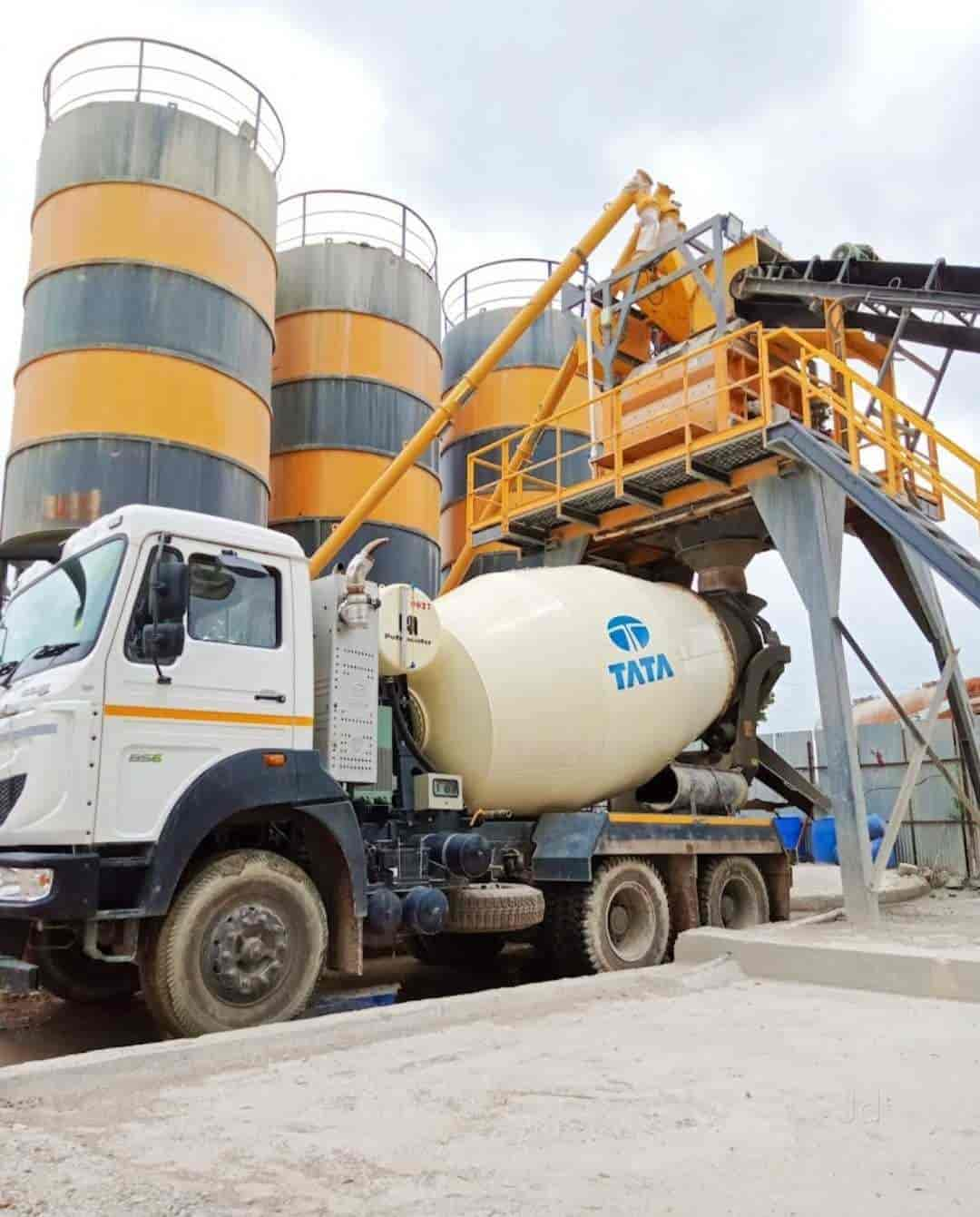
Concrete is a combination of coarse stone or block chips and fine by and large sand as well as squashed stone totals with a glue of cover material as a rule Portland concrete and water. At the point when concrete is blended in with a modest quantity of water, it hydrates to frame tiny hazy precious stone grids typifying and getting the total into an unbending shape. The totals utilized for making cement ought to be liberated from hurtful substances like natural pollutants, sediment, dirt, lignite, and so on. Commonplace substantial blends have high protection from compressive worries about 4,000 psi 28 MPa; in any case, any calculable strain e.g., because of twisting will break the minuscule unbending grid, bringing about breaking and partition of the substantial. Hence, common non-built-up concrete should be all around upheld to forestall the improvement of strain click here .
In the event that a material with high strength in pressure, like steel, is set in concrete, then, at that point, the composite material, built-up concrete, opposes pressure as well as bowing and other direct pliable activities. A composite segment where the substantial opposes pressure and support “rebar” opposes strain can be made into practically any shape and size for the development business.
Key attributes

Three actual attributes give built-up concrete its extraordinary properties:
- The coefficient of warm development of cement is like that of steel, taking out huge inside burdens because of contrasts in warm extension or constriction.
- At the point when the concrete glue inside the substantial solidifies, this adjusts to the surface subtleties of the steel, allowing any pressure to be sent productively between the various materials. Typically steel bars are roughened or ridged to additionally work on the bond or attachment between the substantial and steel.
The soluble synthetic climate given by the salt hold KOH, NaOH and the portlandite calcium hydroxide contained in the solidified concrete glue causes a passivating film to frame on the outer layer of the steel, making it significantly more impervious to erosion than it would be in unbiased or acidic circumstances. At the point when the concrete glue is presented to the air and brilliant water responds with the barometrical CO2, portlandite and the calcium silicate hydrate CSH of the solidified concrete glue become continuously carbonated and the high pH progressively diminishes from 13.5 – 12.5 to 8.5, the pH of water in harmony with calcite calcium carbonate and the steel is no longer passivated.
As a guideline, just to provide a thought on significant degrees, steel is safeguarded at pH above ~11 however begins to erode underneath ~10 relying upon steel qualities and neighborhood physical-compound circumstances when cement becomes carbonated. Carbonation of cement alongside chloride entrance is among the central purposes behind the disappointment of support bars in concrete.
Relative cross-sectional area
The relative cross-sectional area of steel expected for average built up concrete is generally tiny and shifts from 1% for most pillars and chunks to 6% for certain segments. Building-up bars are ordinarily round in cross-segment and change in the distance across. Built up substantial designs once in a while have arrangements, for example, ventilated empty centers to control their dampness and mugginess.
Dispersion of cement disregarding support strength attributes along the cross-segment of vertical built-up substantial components is inhomogeneous.